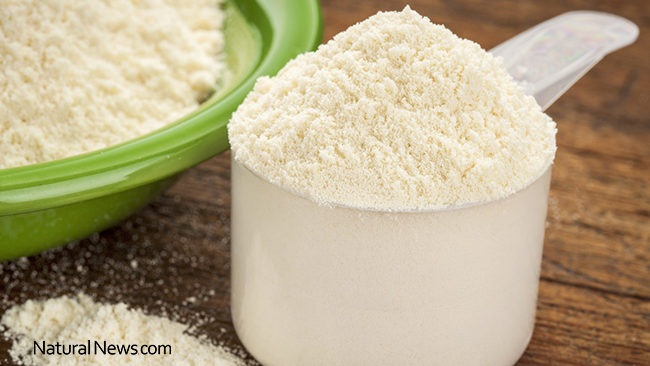Our bodies need protein for critical functions and performance of many bodily operations. We can get protein from both animal and plant sources and there has become popular interest regarding which is better. We need protein for cellular processes, including growth and structure, and for immunity related purposes. There is a difference between animal and plant protein, so the nutritional argument can vary for which type we should have if one were to choose one type versus the other.
There are about 20 amino acids the body uses to build protein. Therefore, protein is made of amino acids. Animal proteins are complete proteins because they contain all the 9 essential amino acids. Examples of these would be poultry, sea food, dairy products like milk and cheese, and eggs.
On the other hand, not all plant proteins are complete. There are complete plant proteins which are soybeans, Ezekial bread, quinoa, buckwheat, nutritional yeast, chia seeds, hemp seeds, and pea protein, but most lack one or more of the essential proteins. Examples of incomplete plant proteins include beans, nuts, legumes, wheat, and wild rice. However, if you were to combine incomplete plant sources such as having a peanut butter sandwich, which had peanuts and wheat as the protein sources, together they would make a complete protein. Another example would be having pita bread and hummus together to meet the “complete” status.
There are benefits to having both types of protein. Animal protein can help build lean muscle mass and ward off muscle loss with age. It greatly depends on the type of animal protein consumed. Eating fish can help reduce the risk of heart disease and cognitive decline. Eating red meat has mixed research showing an increase in risk for heart disease and stroke. Plant based protein has been associated with lowering blood pressure and cholesterol, and reducing the risk for cancer and stroke. A diet rich in legumes, whole grains, and nuts can help lower the risk for type 2 diabetes. However, eating fried vegetables and refined grains are not healthy options.
A diet that includes a variety of plant-based proteins and lean meats is a good approach to nutrition. There are pros and cons to both types of protein, and sometimes limiting to one or other can lead to nutritional deficiencies. Type and preparation are major factors amongst either type of protein. Fried chicken versus a handful of almonds would be an example of preparation influence. Collard greens drowned in butter versus grilled fish would also have its preparation influence involved. Protein isn’t to be skipped or lacked in our bodies, so whichever type you choose or if its having both, make sure you are aware you are meeting the body’s need’s. As a general rule, you should have one gram of protein per pound of body weight. Therefore, if someone weighed 120 pounds, they should have around 120 grams of protein. Stay strong with protein and stay strong with healthy dietary choices that have it.








